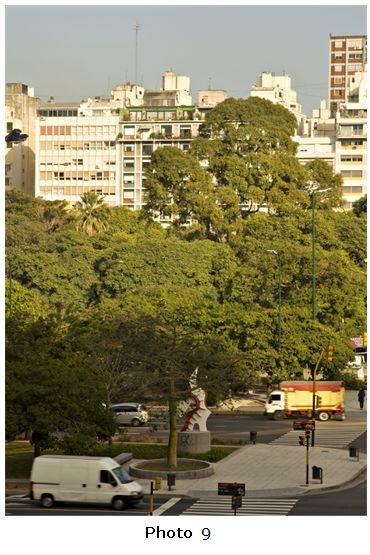Morning and Afternoon
More or less 1 hour after dawn, light changes drastically: light intensity increases, colour temperature changes (light becomes whiter) and contrast increases (as long as there is sun, of course). This also changes as time goes by: at 9 am, contrast and light intensity will not be the same as at 11 am. At 11 am, there will be more contrast and light will be more intense than at 9 am.
How intense and how much contrast it generates will depend on sunlight. It will also vary depending on the season of the year and location (lat. & long.).
At first, when we talk about morning light, we refer to the light there is 1 hour after dawn until, more or less, 11 am (during summer, this can be earlier: 10.00 am). When we refer to afternoon light, we are talking about the light between 3 pm (this will vary depending if it's summer or winter. In summer, it is generally at 5 pm) until 1 hour before dusk.
Remember that light in the afternoon will have, more or less, the same characteristics as the light we see in the morning. The difference is that in the afternoon, as time goes by, contrast and light intensity decreases. Thus, at 6 pm there will be less contrast and light will be less intense than at 3 pm.
In the morning and in the afternoon, the sun is still under the horizon. This allows you to move the model or object to achieve different types of illumination (light in front of the subject/object, light coming from the side, or counter-light).
Light still has a warm tone (less than at dawn) which adds a special quality to photographs. Even though the contrast increased, the camera can still register detail is highlights and shadows (there is not so much contrast as there is at noon).

This photograph was taken at 9.30 AM. If you compare it to the previous photographs (1 and 4), you will see the differences.
Light is still a little warm. It has a slight orange tone. Contrast isn't too high. Consequently, the camera can register detail in both highlights and shadows.
To take this photograph, I used an ISO 200 and the exposition was 1/100 at f/16. If you compare the exposition to the one of photograph 4 (f/11 at 1/60, using ISO 400), you can see how light intensity increased in just one hour.

